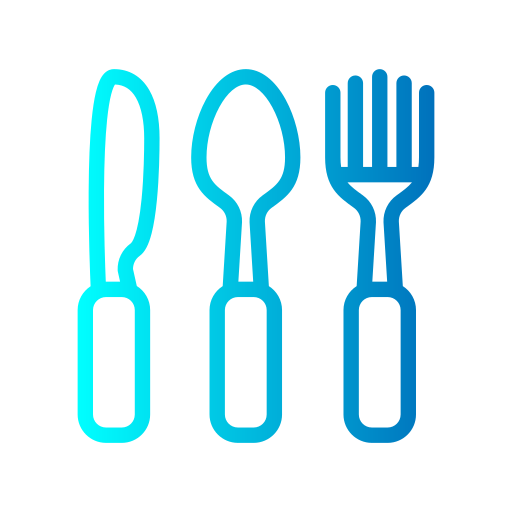Can You Eat Cooked Salmon Cold? A Complete Guide
Salmon is a favorite around the world, renowned for its versatility and high nutritional value. But if you’ve cooked too much or are craving a cold fish dish, you may wonder, Can you eat cooked salmon cold? This blog post delves deep into this topic, addressing safety, taste, and creative ways to enjoy cold salmon.
In a Nutshell
- Safe to Eat: Cooked salmon can be consumed cold as long as it has been stored properly.
- Storage Tips: Keep salmon in an airtight container in the fridge within two hours of cooking.
- Nutritional Benefits: Retains its healthy omega-3 fatty acids and proteins even when cold.
- Mouth-watering Recipes: Cold salmon is perfect for salads, sandwiches, and appetizers.
Table of Contents
- Is it Safe to Eat Cooked Salmon Cold?
- Nutritional Value of Cold Cooked Salmon
- How to Properly Store Cooked Salmon
- Creative Ways to Enjoy Cold Cooked Salmon
- FAQ
Is it Safe to Eat Cooked Salmon Cold?
Yes, it’s safe to eat cooked salmon cold, provided it is handled and stored correctly. After cooking, let it cool slightly before transferring it to an airtight container. Refrigerate it within two hours to prevent bacteria growth. According to the FDA’s guidelines, cooked fish should be consumed within 3-4 days when stored in the fridge. This ensures it’s both tasty and safe to consume. For more on this, you can check Can You Eat?.
Nutritional Value of Cold Cooked Salmon
Cold cooked salmon retains its nutritional benefits, including high levels of omega-3 fatty acids, which are crucial for heart health. It also contains vital proteins, vitamin B12, and selenium. Consuming salmon cold won’t diminish these values, making it a nutritious option at any temperature.
How to Properly Store Cooked Salmon
Proper storage is key to safely eating cooked salmon cold. Follow these essential tips:
- Cool Before Storing: Wait for at least 15-20 minutes after cooking before refrigerating.
- Use Airtight Containers: This reduces the risk of bacterial contamination and maintains freshness.
- Fridge Timing: Ensure it goes into the fridge within two hours of cooking.
- Freezer Tips: Extend shelf life by freezing. Wrap it in plastic or foil before placing it in a freezer bag for up to two months.
Learn more about safe food consumption at the headquarters of food safety, FoodSafety.gov.
Creative Ways to Enjoy Cold Cooked Salmon
Cold cooked salmon is a versatile ingredient. Here are some delicious ideas:
- Salmon Salad: Mix with greens, avocado, and a lemon vinaigrette.
- Salmon Sandwich: Layer it with cream cheese and capers on a bagel.
- Salmon Appetizers: Serve with crackers and dill dip.
- Pasta Addition: Toss it into a cold pasta salad with a citrus dressing.
- Rice Bowl: Combine with rice, vegetables, and a soy-based sauce.
To find more inspiring recipes, explore BBC Good Food.
FAQ
1. Can you reheat cooked salmon after it’s been refrigerated?
Yes, gently reheat it using a microwave or oven. Avoid high temperatures to prevent drying out.
2. How long can you keep cold cooked salmon in the fridge?
Consume within 3-4 days for optimal safety and taste.
3. Can you eat cooked salmon cold in a salad?
Absolutely. Cold salmon complements salads, adding nutrition and flavor.
4. Is it safe to freeze cooked salmon?
Yes, after cooling, you can freeze it for up to two months. Ensure it is well-wrapped.
5. Does cold salmon taste different from hot?
While the flavor remains, the texture may seem denser when cold.
6. Should I remove the skin before refrigerating cooked salmon?
Not necessary, but removing skin can enhance the flavor absorption of other ingredients.
7. Can cold salmon be used in sushi?
Yes, but ensure it’s adequately cooked and stored before using in sushi.
For more insights on whether you can eat certain foods and how to prepare them safely, visit Can You Eat.
Exploring the culinary use of cold cooked salmon opens a realm of creative and delicious possibilities. Whether tossed in a salad or neatly placed in a sandwich, cold salmon is both a gourmet delight and a nutritional powerhouse.

Leave a Reply